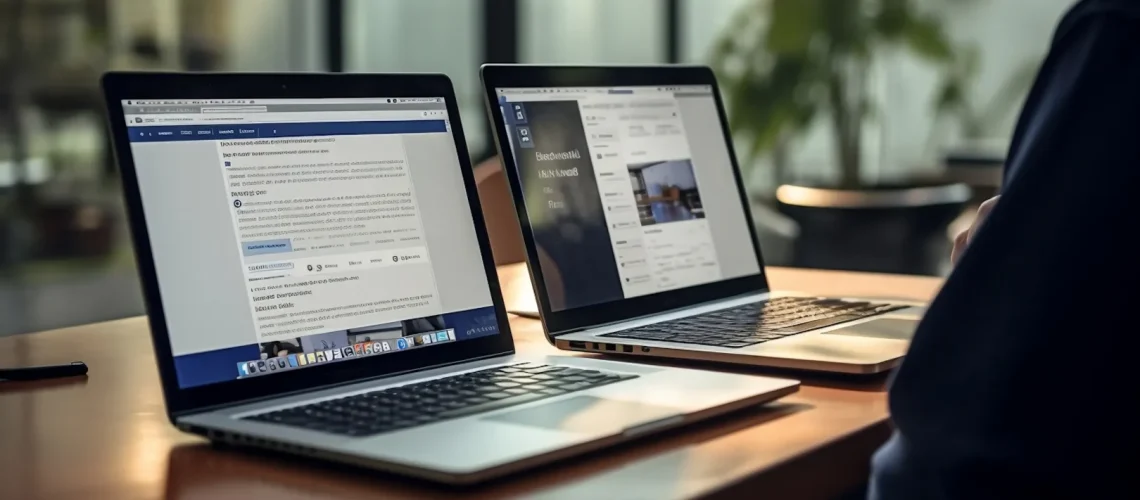Typography is a key element in creating effective Arabic web design. It plays a crucial role in how users engage with digital content, not just in the Middle East but also globally. However, the distinctive features of Arabic script pose specific challenges for web designers and developers who aim to deliver captivating and easily understandable experiences.
When it comes to Arabic typography, there are several factors that need to be taken into account:
- The way letters connect with each other
- The different variations of characters
- The precise placement of dots and diacritical marks
These aspects are especially important when designing for screens, as the quality of text visibility can be influenced by factors such as pixel density and rendering techniques.
In this guide, we will explore the realm of Arabic web typefaces and discover effective strategies for improving readability. We will look into both traditional typeface choices and contemporary digital adaptations, while also discussing the key elements that contribute to producing clear and legible Arabic text on various digital platforms.
Understanding Arabic Script and Its Impact on Readability
Arabic script presents unique complexities that directly influence web typography decisions. The right-to-left writing system encompasses 28 distinct letters, each taking multiple forms depending on their position within a word. These contextual variations create intricate connections between characters, demanding fonts capable of maintaining visual harmony across different letter combinations.
Importance of Dots and Diacritical Marks
The Arabic writing system relies heavily on dots and diacritical marks to distinguish between similar letters and convey proper pronunciation. A single dot’s placement can transform the letter “ب” (baa) to “ن” (noon) or “ت” (taa), making precise rendering essential for comprehension. These subtle yet crucial elements require fonts with sharp clarity at various screen resolutions.
Challenges of Screen Display
Screen display introduces additional challenges for Arabic text legibility. The horizontal pixel grid of digital displays can struggle to render the flowing curves and diagonal strokes characteristic of Arabic script. Font designers must carefully balance traditional calligraphic beauty with screen-friendly simplicity, ensuring letters maintain their distinctive features while remaining clear at different sizes. This challenge is further compounded by the need for dynamic spacing in Arabic letters, as each character’s width varies significantly based on its neighbors.
Dynamic Spacing in Arabic Letters
The interconnected nature of Arabic letters means each character’s width varies significantly based on its neighbors. This dynamic spacing requires sophisticated font technologies to handle proper letter connections and maintain consistent text flow across different device screens. Such complexities are not just limited to typography but also extend to areas like Arabic Text Steganography, where understanding these nuances can lead to more effective data encoding methods within the text itself.
Current Practices in Arabic Web Typography
Popular Arabic websites show clear trends in how they choose and use fonts. Leading news platforms like Al Jazeera and Al Arabiya mainly use Arabic Droid Kufi for headlines, creating visual hierarchy through its clean, modern appearance. The body text often features Tahoma, a reliable choice that maintains legibility across different screen sizes.
A look at Saudi Arabia’s top 100 websites reveals that 65% use font sizes between 12 to 16 pixels for main content. This range falls below recommended standards for optimal readability, especially for users with visual impairments or those reading on mobile devices. Research shows that text smaller than 16 pixels can strain readers’ eyes during long reading sessions.
Common Font Stacks in Arabic Web Design
Here are some font stacks commonly seen across Arabic web platforms:
font-family: "Arabic Droid Kufi", "Helvetica Neue", Arial, sans-serif;font-family: "Tahoma", "Times New Roman", serif;
These combinations ensure consistent display across different operating systems while maintaining the authentic characteristics of Arabic script. The growing adoption of web fonts has expanded design possibilities, yet many sites still rely on system fonts due to performance considerations and varied browser support in the Arab region.
Best Font Types for Arabic Web Content
When it comes to Arabic web content, choosing the right font type is crucial for effective communication. Here are some of the best font types to consider:
1. Sans-Serif Fonts
Sans-serif fonts are known for their clean and modern look, making them a popular choice for digital displays. Some recommended sans-serif Arabic fonts include:
- Dubai: A versatile font that combines simplicity with elegance.
- Helvetica Neue Arabic: A classic font that offers a contemporary touch.
These fonts feature simplified letterforms, making them easy to read on screens.
2. Serif Fonts
Serif fonts incorporate traditional calligraphic elements, which can enhance readability in longer text passages. Consider using the following serif Arabic font:
- Sakkal Majalla: A font that beautifully blends modern design with traditional influences.
This font is particularly suitable for print materials or situations where a more formal appearance is desired.
3. Headline Fonts
For headlines that demand attention, bold and geometric fonts can make a strong impact. One such font that has gained popularity is:
- Arabic Droid Kufi: Known for its distinctive shapes and structures.
This font works well in larger sizes, maintaining clarity while showcasing the uniqueness of Arabic script.
4. Body Text Fonts
When it comes to body text, legibility is key. One reliable option is:
- Tahoma: A widely used font that strikes a balance between proportions and letterform distinction.
This font ensures comfortable reading even in smaller sizes, making it suitable for paragraphs or blocks of text.
Tips for Selecting Arabic Typefaces
Here are some important factors to consider when choosing Arabic typefaces:
- Legibility of Individual Characters: Look for fonts with well-defined teeth (the short vertical strokes in letters like س and ش) and distinct loops (as in letters و and م) to enhance reading comprehension.
- Proper Flow of Connected Letters: Pay attention to the spacing between connected letters, ensuring it maintains proper flow without compromising character recognition.
- Screen Resolution Considerations: Keep in mind that screen resolution can affect display quality, so choose fonts that remain clear and crisp across different devices.
By selecting appropriate font types and considering these factors, you can create visually appealing and readable Arabic web content.
Optimizing Font Size for Improved Readability
Recent research reveals a direct correlation between font size and reading comprehension in Arabic text. Studies conducted at several Middle Eastern universities demonstrate that larger font sizes, particularly between 16 to 18 points, significantly enhance reading speed and text comprehension among Arabic readers.
The ideal font size hierarchy for Arabic web content follows specific patterns:
Body Text
- Main content: 16px (12pt)
- Long-form articles: 18px (13.5pt)
- Mobile displays: 20px (15pt)
Headings
- H1: 32px (24pt)
- H2: 24px (18pt)
- H3: 20px (15pt)
Digital screens demand larger font sizes compared to print media. A study by the University of Jordan found that readers process Arabic text 20% faster when displayed at 16 points or larger. This finding holds particular significance for complex Arabic scripts with intricate dots and diacritical marks.
The relationship between font size and reading distance also plays a crucial role. Readers naturally position themselves 50-70cm from desktop screens and 30-40cm from mobile devices, necessitating size adjustments across different platforms.
Cultural Considerations in Arabic Web Typography
Typography in Arabic web design goes beyond just looking good—it represents cultural identity and values. The artistic heritage of Arabic script, with its centuries-old calligraphic traditions, has a significant impact on the typefaces we see today. Web designers need to find a way to honor this rich cultural history while also meeting the practical needs of usability.
The Influence of Traditional Arabic Calligraphy
Many modern web fonts are influenced by traditional Arabic calligraphy styles such as Thuluth and Naskh, which are explored in detail here. This influence reflects the Arab culture’s deep appreciation for artistic expression. When choosing fonts, designers often opt for those that incorporate decorative elements from these calligraphy styles while still being easy to read.
Creating Visual Harmony with Culturally Relevant Imagery
To create a unified visual story, it’s important to combine typography with imagery that holds cultural significance. This can include using local photographs, traditional patterns, and Islamic geometric designs alongside Arabic typefaces. Here are some examples of successful implementations:
- Background textures derived from traditional arabesque patterns
- Subtle geometric motifs in header designs
- Custom icons incorporating cultural elements
Balancing Performance and Aesthetics
Web performance is a critical factor to consider. To ensure fast loading times, it’s essential to optimize image formats and use decorative elements sparingly. Thankfully, modern CSS techniques allow us to implement culturally inspired designs without relying heavily on large image files. This way, we can maintain both cultural authenticity and technical efficiency.
Conclusion
The path to optimal Arabic web typography requires a balanced approach between tradition and digital innovation. Choosing the right typefaces such as Arabic Droid Kufi and Tahoma, along with careful consideration of font sizes and cultural elements, creates engaging and readable digital experiences.
Research in Arabic typography is ongoing, working towards standardized guidelines that honor both language needs and user requirements. Web designers and developers working with Arabic content must stay updated on new typefaces and best practices. The future of Arabic web typography looks promising for improved readability solutions, connecting the gap between classical calligraphic beauty and modern digital functionality.
The commitment to typography excellence in Arabic web design strengthens digital communication across the Arab world while preserving its rich cultural heritage.





